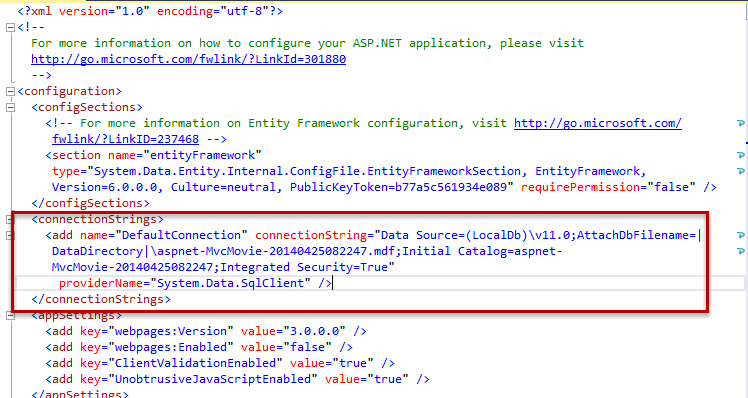
You can do it through the Powershell option itself. Once you have enabled the container feature, next step would be to install the latest version of the Docker. You should be asked to confirm the installation of the container feature.Install-Module -Name DockerMsftProvider -Repository PSGallery–Force In the Powershell option, enter the following command.Please note that you need the elevated Powershell for installing the Container feature. Choose the Advanced Powershell from among the search result. You can use the search option and type in Powershell. Start You can do this through different means.You can install it through the following steps. However, it would not be installed on your device by default. Ideally, the Container feature should come pre-packaged with your Windows installation. Once that done, you can easily install and configure Docker your server. Installing Docker for your Windows Server 2016 would need you to install the Containers feature first. The Steps involved in Installing Docker on Your Windows Server 2016 Deploying Docker for your Windows Ecosystem would be dependent upon the operating system you are using and the host system. Containerised running will ensure that there is less use of infrastructure and impact on your workload.

You can run the complex legacy apps by containerizing them with the help of Docker for Windows Server 2016.

They would be easier to work with and more straightforward to run on your system. Your apps would tend to be more portable. Running your native Windows applications in a containerized Docker application has its own set of advantages. How to Install Docker In Windows server 2016 Container? How would you install Docker in Windows Server 2016? The instructions here should be helpful in meeting your needs. This will help in running the apps both in Windows Server 2016 and Windows 10. The compatibility would ensure that you would be able to build, ship and run the native Windows applications in containers. Managing and securing the containerized Windows applications is one of the features you would need quite frequently on your Windows Server installation.


 0 kommentar(er)
0 kommentar(er)
